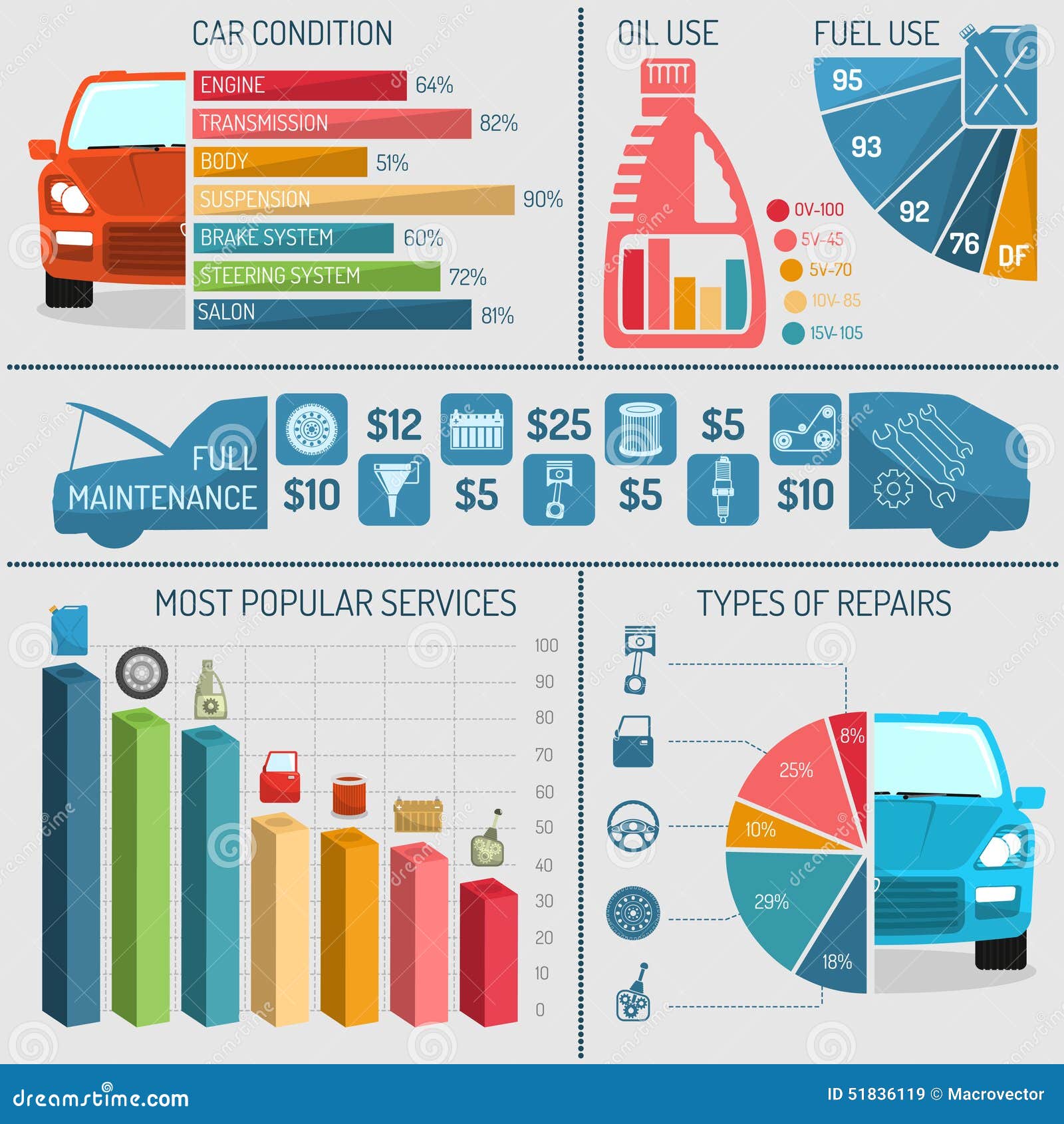Understanding Your Cars And Truck'S Caution Lighting: What Do They Really Mean?
Understanding Your Cars And Truck'S Caution Lighting: What Do They Really Mean?
Blog Article
Written By-Wilkinson Conradsen
When you're behind the wheel, those beautiful caution lights on your dashboard can be a bit bewildering. Do you understand what they're attempting to inform you concerning your cars and truck's health and wellness? Comprehending the significance of these lights is vital for your safety and the durability of your automobile. So, the following time one of those lights pops up, would not you intend to analyze its message precisely and take the needed steps to address it?
Common Warning Lighting and Interpretations
Identify common caution lights in your vehicle and understand their significances to ensure secure driving.
One of the most normal warning lights include the check engine light, which signals concerns with the engine or emissions system. If this light comes on, it's vital to have your car examined promptly.
The oil stress warning light shows low oil pressure, needing immediate interest to avoid engine damage.
A flashing battery light may suggest a defective charging system, potentially leaving you stranded if not attended to.
ase certified mechanic monitoring system (TPMS) light alerts you to low tire stress, influencing vehicle stability and fuel performance. Disregarding this might cause harmful driving problems.
The abdominal light indicates a problem with the anti-lock stopping system, compromising your capability to quit promptly in emergency situations.
Last but not least, the coolant temperature level warning light warns of engine overheating, which can cause extreme damage otherwise solved promptly.
Comprehending these typical warning lights will help you resolve concerns without delay and maintain risk-free driving problems.
Significance of Prompt Attention
Recognizing the typical caution lights in your automobile is only the very first step; the importance of immediately dealing with these cautions can't be emphasized sufficient to ensure your safety when driving.
When a warning light illuminates on your control panel, it's your auto's means of interacting a prospective problem that needs attention. Neglecting these cautions can result in extra extreme issues down the road, jeopardizing your safety and possibly costing you a lot more in repairs.
Trigger focus to cautioning lights can avoid breakdowns and accidents. For instance, a flashing check engine light could indicate a misfire that, if left ignored, can trigger damage to the catalytic converter. Resolving this without delay can save you from an expensive repair service.
Likewise, a brake system alerting light may signify low brake liquid or worn brake pads, critical components for your safety and security when driving.
Do It Yourself Troubleshooting Tips
If you notice a caution light on your dashboard, there are a couple of DIY troubleshooting suggestions you can attempt prior to looking for professional assistance.
The first step is to consult your car's manual to recognize what the specific caution light suggests. In ford auto repair near me can be as straightforward as a loosened gas cap activating the check engine light. Tightening the gas cap may resolve the trouble.
An additional common issue is a low battery, which can activate different alerting lights. Examining the battery links for corrosion and ensuring they're secure may repair the problem.
If a caution light lingers, you can try resetting it by detaching the auto's battery for a couple of minutes and after that reconnecting it. Additionally, checking your car's liquid degrees, such as oil, coolant, and brake fluid, can assist fix warning lights connected to these systems.
Verdict
To conclude, understanding your automobile's caution lights is essential for maintaining your vehicle running efficiently and safely. By immediately addressing these signals and recognizing what they imply, you can stay clear of expensive repair work and possible break downs.
Bear in mind to consult your vehicle's manual for specific details on each alerting light and take action accordingly to ensure a trouble-free driving experience.
Stay informed, remain risk-free when traveling!
